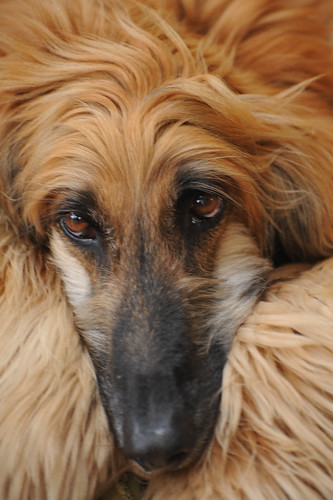The Boy and the Heron review – Miyazaki’s last movie is a fitting swan song
Top Boy #TopBoy

Purported to be the master Japanese animator Hayao Miyazaki’s last movie, maybe, The Boy and the Heron is a gentler and slower though no less soulful addition to his canon. The film, about a young boy slipping like so many Miyazaki protagonists to a world unencumbered by mortality, takes its time to get going. Meanwhile, it’s preoccupied with those who have no time left.
It’s a fittingly solemn swan song for the 82-year-old film-maker who – with films like My Neighbor Totoro and Spirited Away – has taken us to magical worlds where human and animal anatomies are free to make exchanges while industry and nature become harmonious in ungodly ways. The catbus in Totoro always struck me as a cuddly response to a Cronenberg monster.
The Boy and the Heron, the director’s first feature since he last retired with 2013’s The Wind Rises, has all the Miyazaki hallmarks: the anthropomorphic animals, the tiny grannies with disproportionate facial features who can just as easily be magical creatures and a tempting food scene – animated jam looks ready to drip off the screen. Miyazaki has few surprises left, but in The Boy and the Heron, it’s the familiar that feels like a comforting hug.
The film is already a box office hit in Japan, where it was released in July with no advance promotion – as if in secret. The Japanese title is How Do You Live?, taken from Genzaburo Yoshino’s 1937 novel. Yohino’s book appears in The Boy and The Heron, a text the film’s young protagonist Mahito (Soma Santoki), who is somewhat inspired by Miyazaki himself, picks up and reads during a pivotal moment.
The film gets going with an evocative, harrowing and dream-like cold open. Sirens breaking the silence at the dead of night before ashes and embers float into the frame. It’s the second world war. A Tokyo hospital has been firebombed and Mahito realizes his mother is on shift. The frame captures his mad scramble to the hospital – legs flurrying like a spider’s – against the chilling stillness of the background. He arrives at a vision perhaps more spiritual than literal, as fire tears at his mother’s flesh, or at least peels at the ink that makes up her animated skin. What could be a horrifying sight is made comforting, as she’s not consumed by the flames so much as she becomes one with them.
A few years after the tragedy, Mahito moves to sprawling estate in the country, still crippled by grief. His father, who, like Miyazaki’s own, runs a factory producing aircraft parts, is newly married to his former sister-in-law, who is expecting. Mahito struggles to settle in, not even warming up to the squadron of excitable grannies scurrying around the property, fawning over corned beef and canned salmon imported from the city, or that heron that creates a nuisance by the window.
The film lingers aimlessly here, completely unhurried, as if patience building while letting us sit in Mahito’s grief. Miyazaki tends to make movies about strong, fiery female characters, the types who appear in smaller roles in The Boy and the Heron. Mahito, the rare male protagonist, is purposefully lifeless, his glazed-over reserve keeps things emotionally cold. Only the mischievous granny keeping things amusing alongside that pesky heron, with human teeth and gums garishly protruding from its beak as it beckons towards something beyond.
Eventually Mahito is tempted to search for his late mother in a tower protruding from the earth, which is a portal to the alternate worlds we sign up for in Miyazaki films. There we find a shipwreck so overgrown with moss and fern it has become an inhabited island that hosts a whole circle of life. A Moby Dick-sized catfish is gutted and consumed by little pillowy white creatures called warawara. They will transcend and become people in another dimension, if they’re not first mauled by starving pelicans. As usual for Miyazaki, the graceful and grotesque are mere brush strokes apart.
Miyazaki has explored grief and the afterlife in the past. He’s a film-maker that has been both haunted and at peace with such thoughts throughout his whole career, which is perhaps why every film is positioned as though it’s his last.
The Boy and The Heron is no exception. Though this is an uncommonly mature and joyous meditation on death and legacy, one that paints death as a new beginning, a transition to another time and place, where nothing actual seems final. For a film-maker like Miyazaki, that’s the perfect note to go out on.